
How to Use LM393: Examples, Pinouts, and Specs
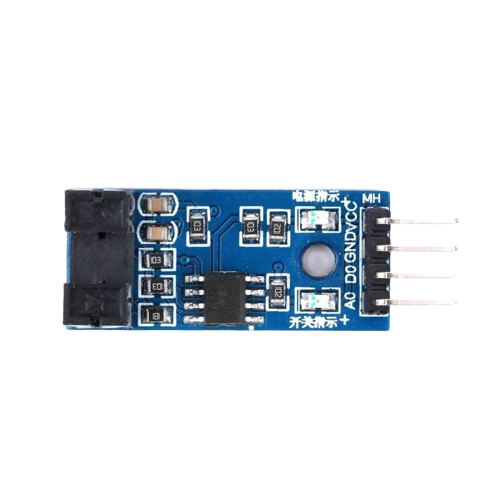
 Design with LM393 in Cirkit Designer
Design with LM393 in Cirkit DesignerIntroduction
The LM393 is a widely used dual differential comparator integrated circuit, capable of comparing two input voltages and providing a digital output to indicate which input is higher. It is designed for use in level detection, battery monitoring, and other applications where a simple voltage comparison is required.
Explore Projects Built with LM393
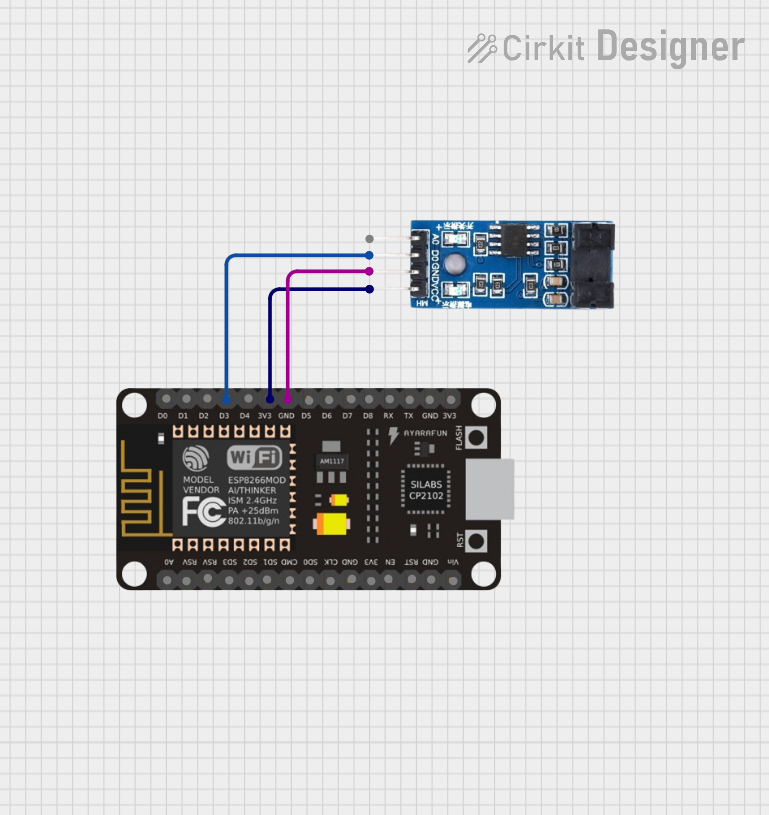
 Open Project in Cirkit Designer
Open Project in Cirkit Designer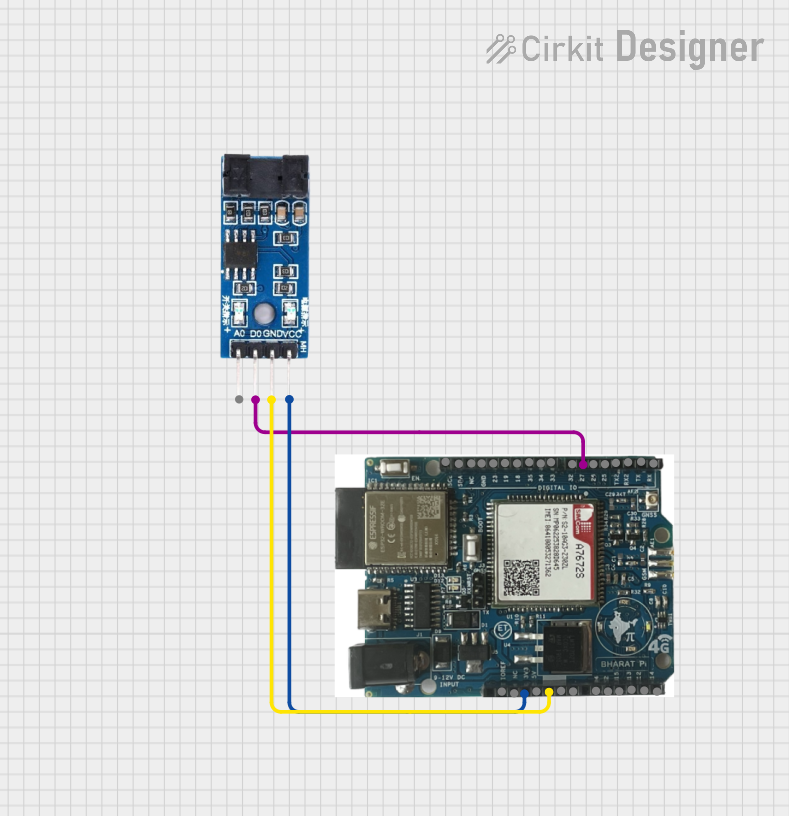
 Open Project in Cirkit Designer
Open Project in Cirkit Designer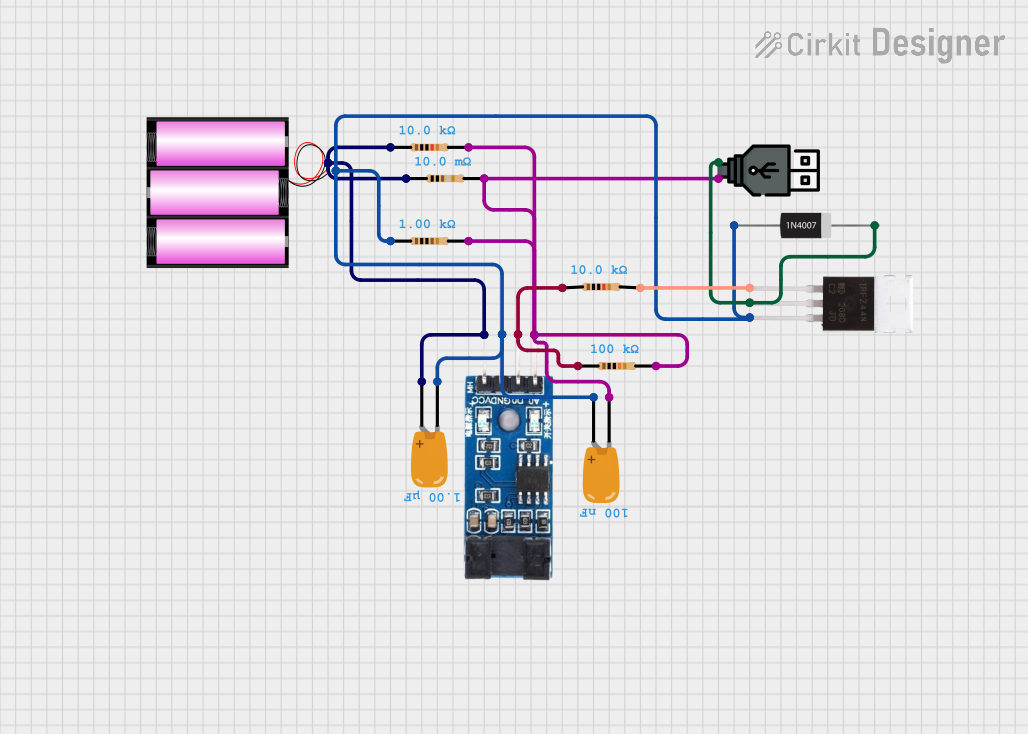
 Open Project in Cirkit Designer
Open Project in Cirkit Designer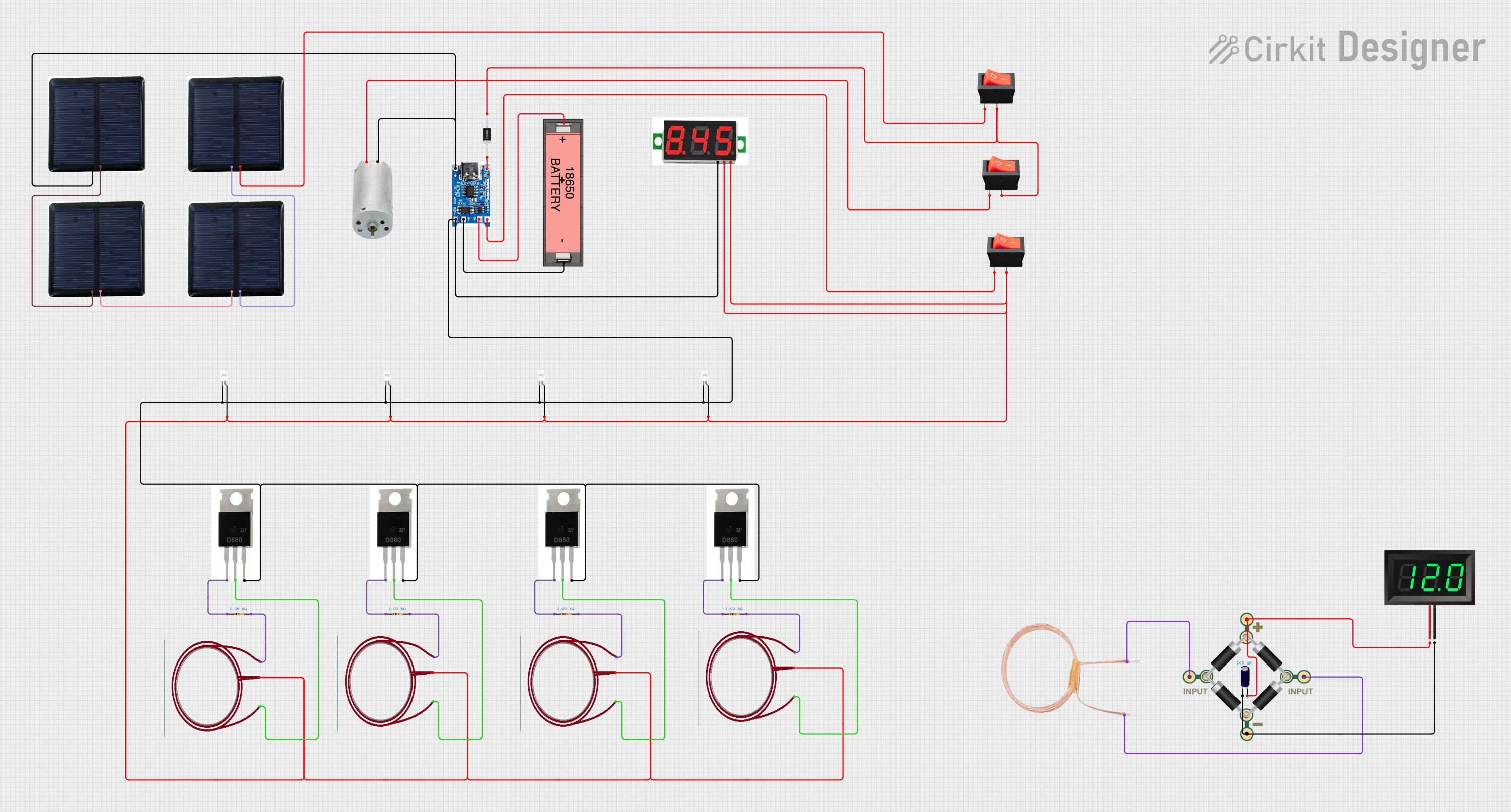
 Open Project in Cirkit Designer
Open Project in Cirkit DesignerExplore Projects Built with LM393

 Open Project in Cirkit Designer
Open Project in Cirkit Designer
 Open Project in Cirkit Designer
Open Project in Cirkit Designer
 Open Project in Cirkit Designer
Open Project in Cirkit Designer
 Open Project in Cirkit Designer
Open Project in Cirkit DesignerCommon Applications and Use Cases
- Voltage level detection
- Battery chargers
- Window comparators
- Relay drivers
- Simple analog to digital converters
- Motor control circuits
Technical Specifications
Key Technical Details
- Supply Voltage Range: 2.0V to 36V, or ±1.0V to ±18V
- Input Bias Current: 25 nA (typical)
- Input Offset Current: ±5 nA (typical)
- Offset Voltage: ±1 mV (typical)
- Supply Current: 0.8 mA (typical)
- Response Time: 1.3 µs (typical)
- Operating Temperature Range: 0°C to +70°C
Pin Configuration and Descriptions
| Pin Number | Name | Description |
|---|---|---|
| 1 | OUT1 | Output of comparator 1 |
| 2 | IN1- | Inverting input of comparator 1 |
| 3 | IN1+ | Non-inverting input of comparator 1 |
| 4 | GND | Ground (0V) reference |
| 5 | IN2+ | Non-inverting input of comparator 2 |
| 6 | IN2- | Inverting input of comparator 2 |
| 7 | OUT2 | Output of comparator 2 |
| 8 | VCC | Positive supply voltage |
Usage Instructions
How to Use the LM393 in a Circuit
- Connect the VCC pin to a positive supply voltage within the specified range.
- Connect the GND pin to the ground of the power supply.
- Apply the reference voltage to the non-inverting input (IN1+ or IN2+).
- Apply the variable voltage to be compared to the inverting input (IN1- or IN2-).
- Connect the output (OUT1 or OUT2) to the digital input of a microcontroller or use it to drive a relay or an LED with appropriate current limiting.
Important Considerations and Best Practices
- Always ensure that the supply voltage does not exceed the maximum rating.
- Use bypass capacitors near the power supply pins to filter out noise and provide a stable operation.
- Avoid applying voltages to the input pins that are outside the range of the power supply rails.
- The outputs are open-collector, which means they require a pull-up resistor to the supply voltage to function correctly.
Example Circuit with Arduino UNO
// Example code for using LM393 with Arduino UNO
const int comparatorOutputPin = 2; // Connect to OUT1 or OUT2 of LM393
const int ledPin = 13; // Onboard LED
void setup() {
pinMode(comparatorOutputPin, INPUT);
pinMode(ledPin, OUTPUT);
}
void loop() {
int comparatorState = digitalRead(comparatorOutputPin);
if (comparatorState == HIGH) {
// Voltage at IN1- or IN2- is higher than IN1+ or IN2+
digitalWrite(ledPin, HIGH);
} else {
// Voltage at IN1+ or IN2+ is higher than IN1- or IN2-
digitalWrite(ledPin, LOW);
}
}
Troubleshooting and FAQs
Common Issues
- No Output Signal: Ensure that the power supply is connected correctly and the input voltages are within the specified range.
- Output Always High or Low: Check the input voltages and the connection of the pull-up resistor on the output pin.
- Erratic Behavior: Place a bypass capacitor near the power supply pins to filter out noise.
Solutions and Tips for Troubleshooting
- Verify the orientation of the LM393 in the circuit.
- Use a multimeter to check the voltages at the input pins.
- Ensure that the pull-up resistor value is appropriate for the supply voltage and the load connected to the output.
FAQs
Q: Can the LM393 be used with a single supply voltage? A: Yes, the LM393 can operate with a single supply voltage ranging from 2.0V to 36V.
Q: What is the purpose of the pull-up resistor on the output? A: The LM393 has an open-collector output, which requires an external pull-up resistor to provide a high level when the output transistor is off.
Q: Can the LM393 outputs sink current? A: Yes, the outputs can sink current, but the maximum current should not exceed the specified limit in the datasheet.
Q: Is the LM393 suitable for high-speed applications? A: The LM393 has a typical response time of 1.3 µs, which may be suitable for some high-speed applications, but there are faster comparators available for very high-speed needs.
Note: The manufacturer part ID "WPSE347" and the claim that Arduino is the manufacturer of the LM393 are incorrect. The LM393 is a generic part manufactured by various companies, and Arduino does not manufacture this component. The part ID provided does not correspond to a known manufacturer's part number for the LM393. Always refer to the datasheet from the specific manufacturer of your component for the most accurate information.